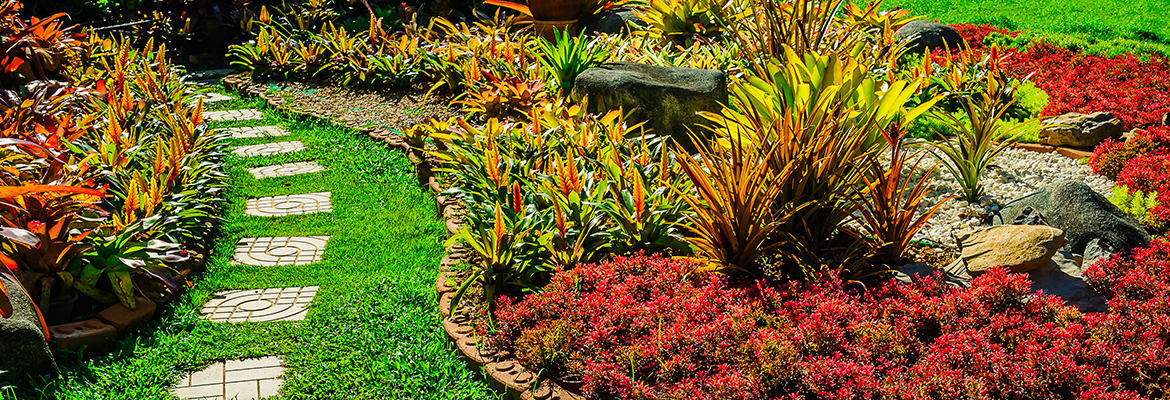
Do-It-Yourself Raised Bed Gardening
Even though everything seems to have ground to a halt, it's important to think about things a bit further down the line. This not only helps you to prepare for when things start back up again, but it can also make you a bit more self-sufficient in the future. This is where planning out a garden can be a great idea; it helps to keep you occupied now and yields a variety of healthy vegetables and other foods later in the year.
Maybe you don't have a lot of space, though, or perhaps the soil in your yard isn't the greatest. Neither of these prevents you from having a garden, though. There are a few different options available to address these concerns, but you might find that a raised bed garden is exactly what you're looking for.
Building the Garden Box
There are a number of options available to you when it comes to building a garden box. You can use landscaping timber, bricks, 2x4s, wooden planks or even concrete. Decide on a height that works for you and pick a material that you're comfortable working with or have easy access to. You can design a perfectly sized garden box, or you can make one that has gaps in the corners where your material doesn't quite line up. It doesn't actually matter what the box looks like, just so long as it is solid enough to contain your soil and is connected to itself or other supports to keep the sides from falling apart.
Just keep in mind that some materials such as pressure-treated wood contain chemicals that could leak out into the soil over time. If you have concerns about this or are using materials that you know present a chemical hazard, be sure to stain or seal your materials before use to keep water from penetrating and leaching the chemicals out.
Filling It In
Once you have a workable garden box, it's time to add some soil. Ideally, you should till the ground soil before adding any additional soil to the box. Add a layer of garden soil or topsoil, then use a rake or hoe to blend the garden soil and your additive soil a bit. From there you can continue adding soil, mixing it together periodically, until you've reached the level you want in your garden box. In some cases, you'll have room left within the box; in others, the soil will go all the way to the top. After it's filled, you might want to water it well to let the soil settle a bit before you start planting.
Planting and Garden Care
With the box built and filled with soil, you're ready to get your plants in the ground. Planting is largely the same as you'd do if you were planting directly into the ground, though your newly filled garden bed likely has softer soil than your yard. Water your garden a little more often than you normally would, as raised beds offer more of a chance for water to leak out or evaporate than ground soil does. Feed your plants as needed, remove weeds or grass when it appears, and do your best to keep pests out of the garden. The raised bed itself may deter some pests, and a small chicken wire fence around the edge of the bed can help as well.
There's a decent chance that your raised bed garden will grow better than an in-soil garden thanks to the quality of its soil and the added control that you have over your garden environment. With proper care, you should be able to enjoy a bountiful harvest in just a few months.
Find Help with
Advertisement
Follow on Twitter
Tweets by HomeExploreNewsletter
Join our large community of architecural enthusiast, home buyers and sellers, and investors to get access to exclusive content and offers. Click here to signup now →